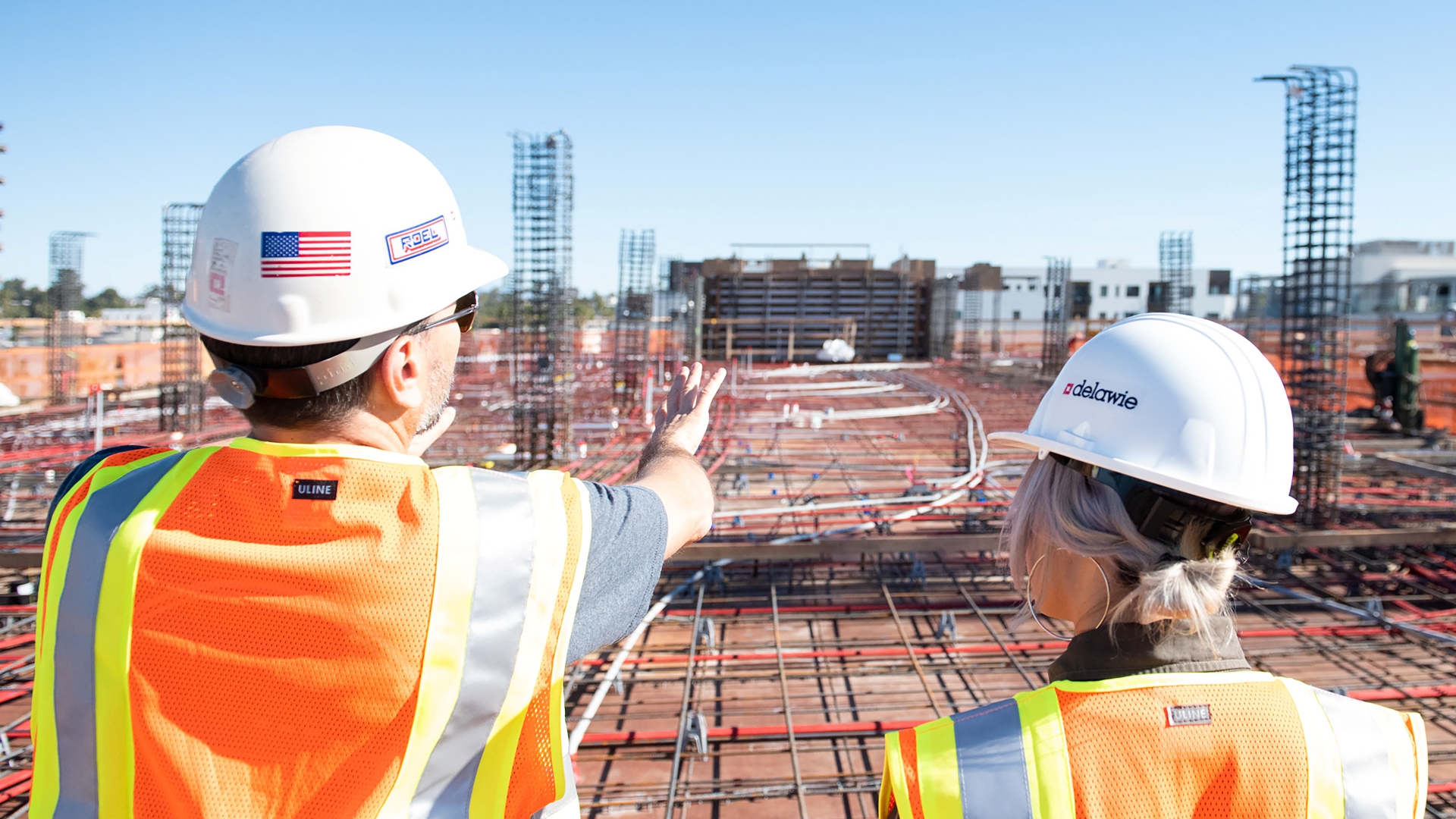You’ve packed the last of the dishes, labeled the boxes, and you’re running on coffee and adrenaline. Meanwhile, your kids are sulking on the stairs or acting out in ways you haven’t seen since they were toddlers. You’re wondering if this move—this disruption—is going to scar them for life.
But here’s the thing: it won’t. In fact, it might just make them stronger.
Children are naturally adaptable, even if it doesn’t always feel that way in the middle of a meltdown. While it’s easy to stress over temporary upheaval—especially when it involves major life changes like relocating—there’s solid evidence and experience to suggest that kids actually grow more resilient through such challenges.
Let’s break down why that is.
 Via Pexels
Via Pexels
1. Chaos Teaches Kids That Change Is a Part of Life
We often want to shield our children from uncertainty. We crave routine and predictability for them because it feels safer. But the truth? Life is inherently unpredictable. When kids experience temporary disruptions like a move, a new school, or even changes in family dynamics, they learn that life doesn’t always stick to a script—and that’s a powerful lesson.
When handled with care and communication, these experiences don’t damage children. They stretch them. Kids begin to understand that they can survive discomfort and find stability again, which is the heart of resilience.
2. Adaptation Is a Skill—And Kids Are Built to Learn
Think about how quickly children learn new games, social dynamics, or even languages when given the chance. They’re sponges—not just for knowledge but also for behavioral flexibility. The more chances they have to practice adapting to new environments or social situations, the better they get at it.
Relocation, for example, forces kids to navigate new classrooms, make new friends, and adjust to a new routine. Yes, it’s hard. Yes, there will be tears. But it’s also an intense period of emotional growth.
And often, kids surprise us. They grieve the old but then find ways to thrive in the new. That’s not a weakness. That’s resilience in action.
3. Temporary Chaos Builds Emotional Muscles
Just like physical exercise creates small tears in muscles that grow back stronger, emotional challenges stretch kids in ways that prepare them for life. Moving across the country, staying temporarily with relatives, or watching their familiar house fill with moving containers—these are all situations where their sense of “normal” is shaken.
And yet, this shaking up of their world builds endurance. They learn to sit with uncertainty, to express their feelings, and to trust that stability will return—even if it looks a little different than before. That kind of emotional strength doesn’t come from bubble-wrapped comfort. It comes from having gone through something hard and coming out the other side.
The presence of moving containers stacked in the driveway might feel like visual chaos to you, but to your child, they’re also symbols of progress, of adventure, and of the fact that change doesn’t have to be scary. Sometimes, it just means growth.
4. Resilience Isn’t Born, It’s Grown (and It Takes Time)
Parents often worry if their child seems anxious, clingy, or angry during a big transition. And while it’s tempting to label this as a sign they’re not handling things well, it’s often the exact opposite. These behaviors are signs that your child is processing the change, not avoiding it.
Growth isn’t always graceful. It’s messy, uneven, and full of emotion. Let them be sad about leaving friends or nervous about a new school or homeschooling. These emotions are part of building a resilient brain—one that can feel deeply and still move forward.
What helps? Routines within the chaos. Conversations that validate feelings. Encouragement without pressure. A little humor doesn’t hurt, either.
5. What They Learn Now, They’ll Carry for Life
When children go through difficult situations—whether it’s moving, losing a pet, or dealing with unexpected change—they’re gathering emotional tools they’ll carry into adulthood. Tools like empathy, self-awareness, patience, and the ability to rebound from disappointment.
Those tools are priceless. They’re the same ones they’ll use when they face college rejections, relationship heartbreak, or job loss. Resilience isn’t about avoiding pain—it’s about navigating through it with grace, determination, and a sense of self-worth intact.
Conclusion: Trust the Process (and Your Kid)
So the next time your life looks like a giant, noisy, disorganized construction zone of feelings and logistics—take a deep breath. Temporary chaos doesn’t break your child. It molds them. Shape them. Prepare them.
Let your kids struggle a little, stumble a bit, and then find their footing. You’re not failing them by letting life be messy. You’re teaching them that they are capable, even when things don’t go according to plan. And that’s a lesson that will outlast every move, every change, and every cardboard box.











